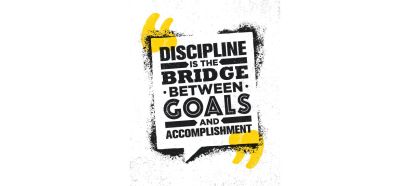Featured Videos
What is Global/Intercultural Fluency?
In 2018, 93 million U.S. citizens traveled to foreign countries. 80 million International travelers visited the U.S. Our trade, with over 220 countries, exceeded $5.6 trillion.
More than 350 languages are spoken in the U.S. Can you guess the top five? (pause…….) First English. Then Spanish, Chinese, French and French Creole, and Tagalog. Tagalog originated in the Philippines.
Why does this matter to students? First, as our nation becomes more diverse, we must learn how to appreciate and work with people of different cultures within the U.S. Second, if we expect to succeed in business, industry, medicine, or any other path, we need to acknowledge, value, and train for our inter-dependence with other countries and cultures.
Employers are looking for youth with global and intercultural fluency — who can work effectively in diverse teams – who respect, and understand the importance of individual differences and ideas. We can’t pretend we won’t have to work with people from other cultures. We need to be proactive in our thinking, our schooling, our actions, our friendships, and think of ourselves as part of a multicultural country.
The demand for bi-lingual employees has doubled in the last five years, as more companies work with international suppliers, customers, and businesses. Being bilingual or multi-lingual may be the skill that gets you the job you want.
What do students need to do now to develop global/international fluency — other than becoming proficient in another language?
- First, identify your own cultural values. How did your upbringing shape your ideas? Talk to older family members. Find out how their experiences formed the way they feel about family, their work, their community and government. If you know someone who immigrated, ask them about their lives.
- Second, go out of you way to meet people from different backgrounds. Introduce yourself to students from other cultures. Listen, ask questions, answer theirs, be empathetic, and open. It doesn’t mean you excuse or accept their reasoning, but hearing different perspectives will help you respect their values.
- Finally, develop a sense of personal or civic responsibility for global issues. For example: climate change, war, trade, the environment, poverty, human trafficking, gender inequality, or clean water.
We have to keep reminding ourselves that people do not think alike – our cultures often influence how we act, often when we aren’t even aware of it. Something as universal as greeting new people changes depending on the culture. For example, in Japan, you greet people by bowing; in Russia, by kissing on the cheek, in France, by air kissing, in Malaysia, by putting your hand on your heart, in India, by putting your hands together in a praying position before bowing, and in Tibet, by sticking out your tongue. There are even rules about how high to place your hands, or how low to bow.
We don’t have to cross borders to find new cultural experiences. We can begin simply by interacting with people whose lives and perspectives are different from our own – people of different races, religions, genders, ethnicity, disability, or history. Through these interactions we be able to recognize our commonalities, as well as our differences. We will have begun our path to intercultural fluency.
Recommended Links
- Ohio Means Jobs Readiness Seal





